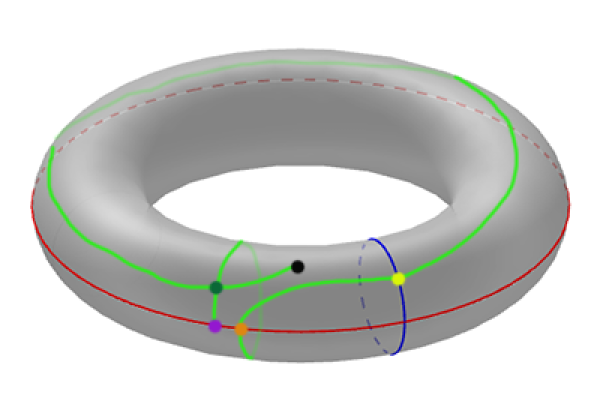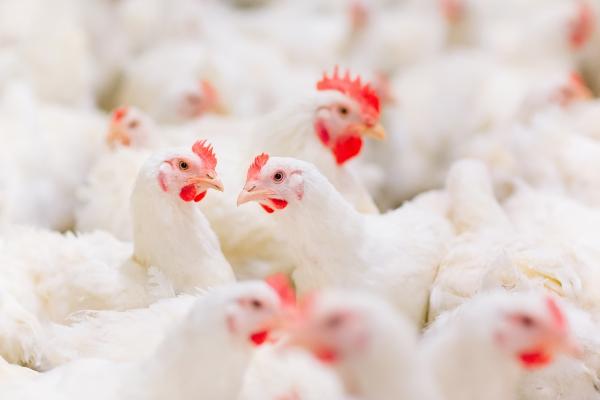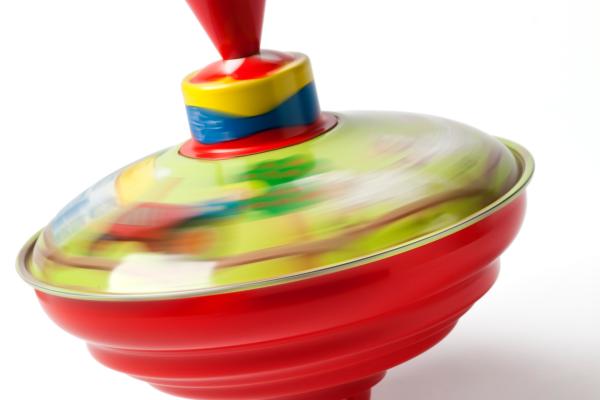
The EMS Prizes 2024: Richard Montgomery
Richard Montgomery has won a prestigious EMS Prize at the European Congress of Mathematics 2024 for work on objects so ubiquitous in everyday life it's easy to forget they're mathematical: networks.

Richard Montgomery has won a prestigious EMS Prize at the European Congress of Mathematics 2024 for work on objects so ubiquitous in everyday life it's easy to forget they're mathematical: networks.

The ninth European Congress of Mathematics has kicked off in Seville, Spain, and we're here too!

This article describes how you can describe the entire universe of Riemann tori (surfaces that look like dooughnuts) in one go.

A Riemann torus is a surface that looks like a doughnut. This articles explored how you might tell Riemann tori apart.

How many different surfaces are there? The question seems impossible to answer, but mathematicians have a way of dealing with the multitude. Follow us on a journey into the world of moduli spaces.

With bird flu spreading through cattle herds in the US and infecting humans, the diseases poses a severe threat to wild life, poultry and also people. What can mathematical modelling do to help?

What exactly do we mean when we say group theory is the study of symmetry? Group actions make precise what it means for a group to act by symmetries on an object.

Find out how a story starting with the simple notion of counting ends in a revolutionary new way of doing maths that uses computers to harness the power of human collaboration!

Why do penalty takers not heed the advice of statisticians? We find out with a little game theory.
Make your sweepstake for the Euros fairer and more exciting!
How many ways can you write a number as the sum of smaller numbers?

The age of Big Data poses a risk to our privacy as even anonymised data can sometimes be linked to individuals. Differential privacy provides a way of protecting sensitive information even when some of it is made public.